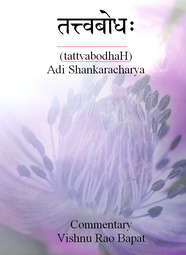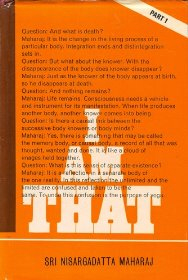Q: The five elements of this universe (space, air, fire, water, earth) are considered inert by nature and in Vedantic teachings. However, Brahman is the substratum for everything and is Consciousness. So, how can the 5 elements be fundamentally be considered inert?
A: In reality, there is no matter. What appears to be matter, from the standpoint of phenomenal existence, is actually Brahman (Consciousness) but we see ‘forms’ and give them ‘names’ as if there were separate entities.
The elements are certainly inert. But so also are the bodies and minds of humans. (We differentiate these of course as being ‘gross’ bodies and ‘subtle’ minds but they are all still inert.) The difference between a mind and a rock, is that the mind ‘reflects’ Consciousness, whereas the rock does not. Thus the mind expresses consciousness (small ‘c’) but the rock doesn’t.
You always have to remember that explanations such as these are ‘interim’ only, in order to point the mind towards an intuitive understanding of the nature of reality. You can never have ‘true’ explanations because reality is non-dual.



